
Discover more about S&P Global's offerings
Obtain the data you need to make the most informed decisions by accessing our extensive portfolio of information, analytics, and expertise. Sign in to the product or service center of your choice.
Customer LoginsThe auto industry's transition to EVs is accelerating. The year 2026 has emerged as a tipping point for an acceleration in EV adoption that will drive automotive electrification trends ahead. By 2030 over one in four new passenger cars sold will be an electric vehicle. Many major vehicle manufacturers worldwide have signaled the end of an era of internal combustion engines (ICE) as the transition to zero emission vehicles (ZEV) is ramped up.
The top automakers are expected to account for more than 70% of global EV production by the year 2030 (compared to 2022 when they represented only 10% of all EV manufacturers). But despite the rapidly growing choices EV consumers have, and the unprecedented loyalty rates among EV return buyers, the industry as a whole still needs to tackle consumers range anxiety, particular for those without a garage or those traveling long distances.
The solution needs to be a joint effort between multiple industries: automotive, utilities, government, and private property owners such as shopping malls and apartment complexes. As these paths converge, vehicle electrification trends will increase exponentially. And we may, indeed, see the end of the ICE-age.
S&P Global Mobility has significantly revised up its EV penetration rate forecasts. The forecasts for global BEV passenger car production based on our September 2022 powertrain forecast are 41 million in 2030—approximately 42% of total global production of 97 million cars.
The EU has the strongest regulatory pressure and shows the highest OEM ambition to phase out the internal combustion engine vehicles. About 64% of passenger cars sold in 2030 will be a battery electric vehicles compared with 55% in the previous forecast setting of first quarter 2021.
Risks to EV adoption include shifting policy environments, the emerging interplay between consumer and OEM, and the cost profile of battery electric vehicles versus internal combustion engine vehicles.
The year 2026 emerges as a tipping point for an acceleration in EV adoption with more than one in four new passenger cars produced will be an electric vehicle.
| ASEAN |
| EV sales in Brunei Darussalam |
| EV sales in Cambodia |
| EV sales in indonesia |
| EV sales in Malaysia |
| EV sales in Myanmar |
| EV sales in Philippines |
| EV sales in Singapore |
| EV sales in Thailand |
| EV sales in Vietnam |
| Central Europe |
| EV sales in Bosnia and Herzegovina |
| EV sales in Bulgaria |
| EV sales in Croatia |
| EV sales in Czech Republic |
| EV sales in Estonia |
| EV sales in Hungary |
| EV sales in Latvia |
| EV sales in Lithuania |
| EV sales in Moldova |
| EV sales in North Macedonia |
| EV sales in Poland |
| EV sales in Romania |
| EV sales in Slovakia |
| EV sales in Slovenia |
| Eastern Europe |
| EV sales in Belarus |
| EV sales in Kasakhstan |
| EV sales in Russia |
| EV sales in Turkey |
| EV sales in Ukraine |
| EV sales in Uzbekistan |
| Greater China |
| EV sales in Hong Kong |
| EV sales in China |
| EV sales in Taiwan |
| India Subcontinent |
| EV sales in India |
| EV sales in Pakistan |
| Japan/Korea |
| EV sales in Japan |
| EV sales in Korea |
| Middle East/Africa |
| EV sales in Algeria |
| EV sales in Angola |
| EV sales in Bahrain |
| EV sales in Benin |
| EV sales in Burkina Faso |
| EV sales in Burundi |
| EV sales in Cape Verde |
| EV sales in Cameroon |
| EV sales in Central African Republic |
| EV sales in Chad |
| EV sales in Comoros |
| EV sales in Congo |
| EV sales in The Democratic Republic of Congo |
| EV sales in Cote D'Ivoire |
| EV sales in Djiouti |
| EV sales in Egypt |
| EV sales in Equatorial Guinea |
| EV sales in Eritrea |
| EV sales in Ethiopia |
| EV sales in Gabon |
| EV sales in Gambia |
| EV sales in Ghana |
| EV sales in Guinea |
| EV sales in Guinea-Bissau |
| EV sales in Iran |
| EV sales in Iraq |
| EV sales in Isreal |
| EV sales in Jordan |
| EV sales in Kenya |
| EV sales in Kuwait |
| EV sales in Lebanon |
| EV sales in Liberia |
| EV sales in Libya |
| EV sales in Madagascar |
| EV sales in Malawi |
| EV sales in Mali |
| EV sales in Mauritania |
| EV sales in Mauritius |
| EV sales in Morocco |
| EV sales in Mozambique |
| EV sales in Niger |
| EV sales in Nigeria |
| EV sales in Oman |
| EV sales in Qatar |
| EV sales in Reunion |
| EV sales in Rwanda |
| EV sales in Sao Tome and Principe |
| EV sales in Saudi Arabia |
| EV sales in Senegal |
| EV sales in Seychelles |
| EV sales in Sierra Leone |
| EV sales in Somalia |
| EV sales in South Africa |
| EV sales in Sudan |
| EV sales in Tanzania |
| EV sales in Togo |
| EV sales in Tunisia |
| EV sales in Turkemenistan |
| EV sales in Uganda |
| EV sales in UAE |
| EV sales in Zambia |
| EV sales in Zimbabwe |
| North America |
| EV sales in Canada |
| EV sales in Mexico |
| EV sales in United States |
| Oceania |
| EV sales in Australia |
| EV sales in New Zealand |
| South America and Caribbean |
| EV sales in Argentina |
| EV sales in Bahamas |
| EV sales in Barbados |
| EV sales in Belize |
| EV sales in Bermuda |
| EV sales in Bolivia |
| EV sales in Brazil |
| EV sales in Chile |
| EV sales in Colombia |
| EV sales in Costa Rica |
| EV sales in Cuba |
| EV sales in Dominican Republic |
| EV sales in Ecuador |
| EV sales in El Salvador |
| EV sales in Guetemala |
| EV sales in Haiti |
| EV sales in Honduras |
| EV sales in Jamaica |
| EV sales in Nicaragua |
| EV sales in Panama |
| EV sales in Paraguay |
| EV sales in Peru |
| EV sales in Puerto Rico |
| EV sales in Sint Maarten |
| EV sales in Trinidad and Tobago |
| EV sales in Uruguay |
| EV sales in Venezuela |
| Western Europe |
| EV sales in Austria |
| EV sales in Belgium |
| EV sales in Cyprus |
| EV sales in Denmark |
| EV sales in Finland |
| EV sales in France |
| EV sales in Germany |
| EV sales in Greece |
| EV sales in Iceland |
| EV sales in Ireland |
| EV sales in Italy |
| EV sales in Luxembourg |
| EV sales in Malta |
| EV sales in Netherlands |
| EV sales in Norway |
| EV sales in Portugal |
| EV sales in Spain |
| EV sales in Sweden |
| EV sales in Switzerland |
| EV sales in UK |
| EV sales forecasts in the US |
| EV sales forecasts in Canada |
| EV sales forecasts in Brazil |
| EV sales forecasts in the UK |
| EV sales forecasts in Italy |
| EV sales forecasts in Germany |
| EV sales forecasts in France |
| EV sales forecasts in Spain |
| EV sales forecasts in the Netherlands |
| EV sales forecasts in Sweden |
| EV sales forecasts in Norway |
| EV sales forecasts in China |
| EV sales forecasts in Australia |
| EV sales forecasts in India |
| EV sales forecasts in the EU30 (aggregated) |
1.540 million electrified light vehicles were sold globally in November 2024 (includes BEV, PHEV, and REX; vehicles less than 3.5 tons)
13.36 million electrified light vehicles were sold globally in 2023 (includes BEV, PHEV and REX; vehicles less than 3.5 tons).

How new policies will impact the automotive industry
S&P Global Mobility provides near real-time updates of electrified (BEV and hybrid) light vehicle sales volumes for 150+ countries by brand, model and fuel type. Mouse over any country to reveal last month’s electrified vehicle sales.

Automakers committed to carbon neutrality/net-zero or near-zero:
Hyundai, Kia (2045), Ford, Volkswagen Honda, Toyota, Nissan, Mazda, Mitsubishi, Subaru (2050)
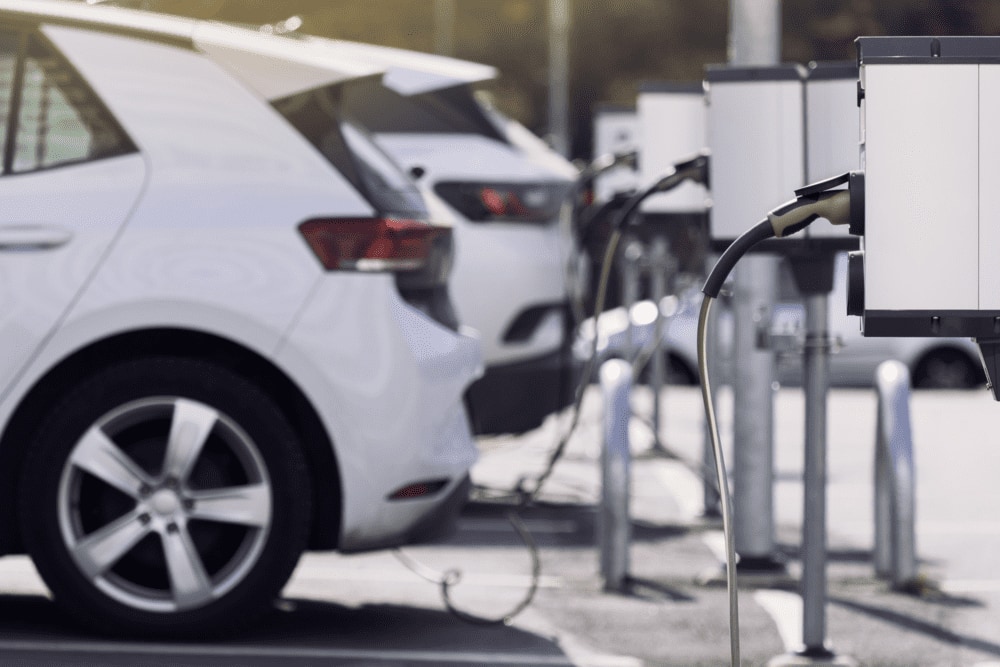
Tackle the challenges of hybrid and electric propulsion systems with our seven-year forecast.

Forecasts and expected specifications for BEV, FCEV & HEV trucks and buses.
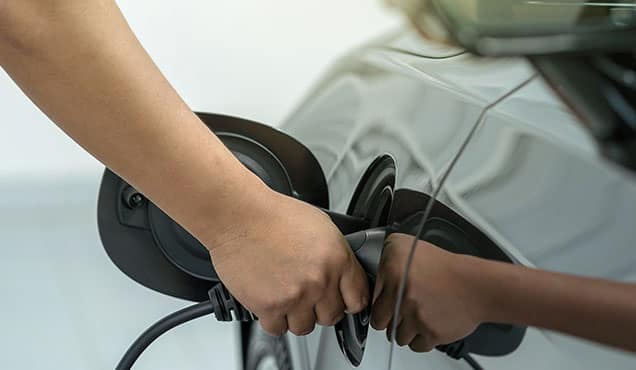
Deep perspective on the global charging ecosystem and covers the latest technology trends and supply chain dynamics on vehicle charging and charging stations.
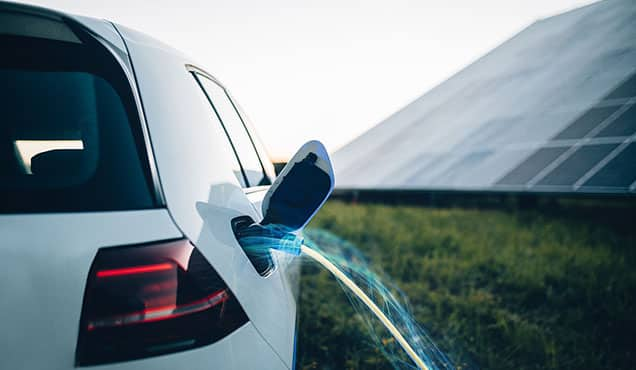
How many charging points are needed and where? Estimate future public charging infrastructure needs.
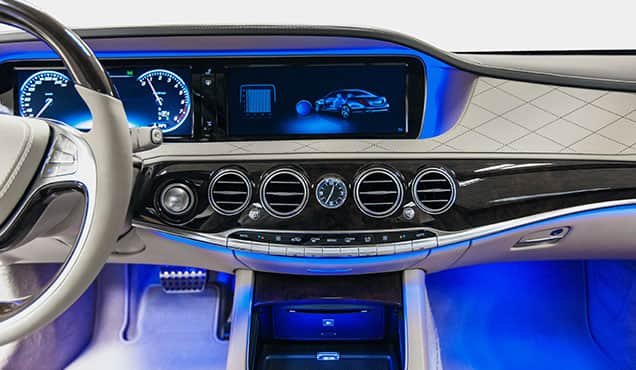
Balance risk with reward in the pursuit of regulatory compliance and vehicle performance.
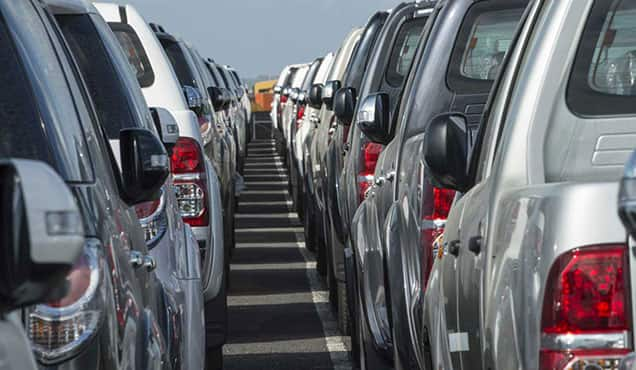
Unlock market opportunities with vehicle registrations using our global market reporting tool.
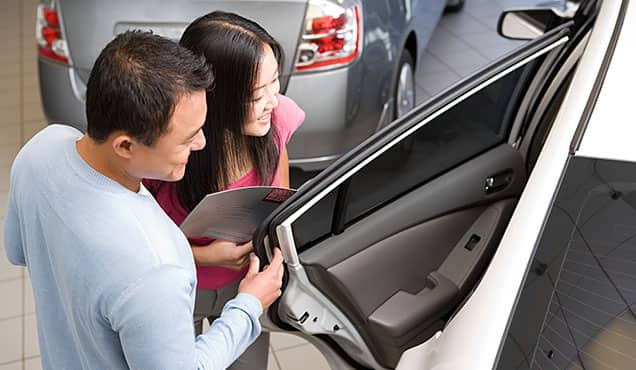
Access global automotive new car registrations.
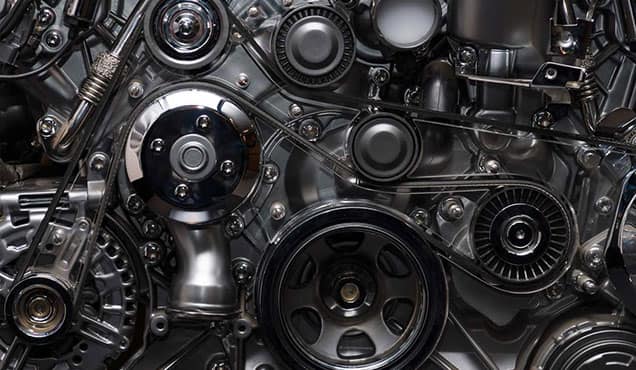
Retain and grow market share in the global auto marketplace.
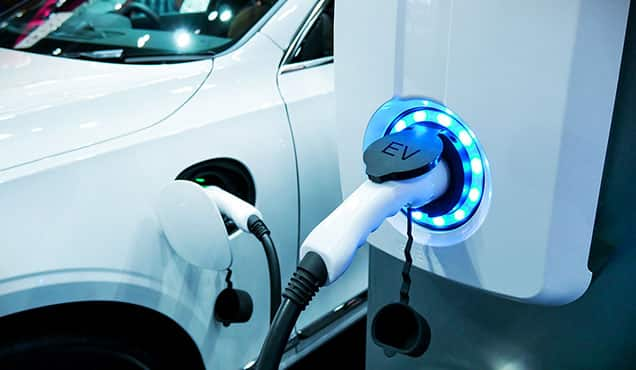
In-depth analysis of battery technology developments and the evolving supply chain landscape.
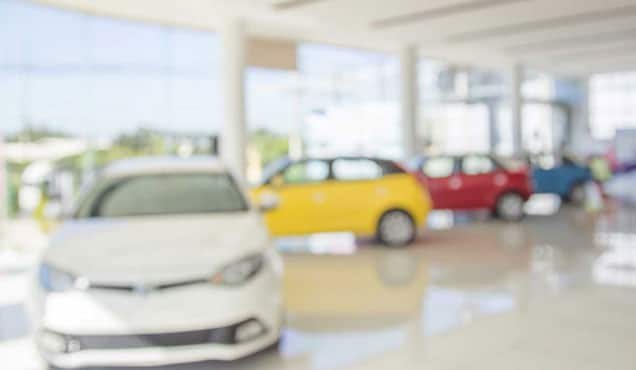
Capitalize on marketplace insights with the confidence and strategic flexibility provided by Polk Audiences.
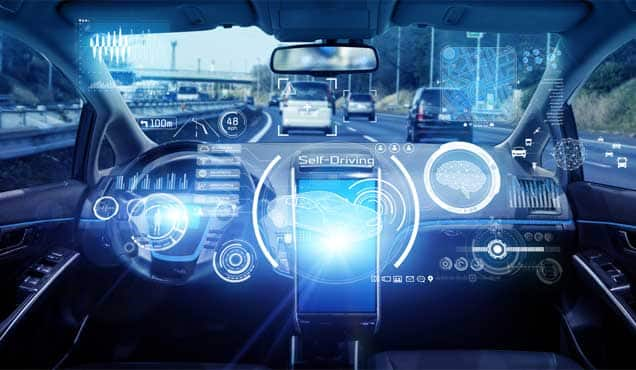
Insights, analysis, and data to 2050 provides an understanding on how regulations, technology, consumers, and new business models are impacting oil, energy demand and the automotive industry.
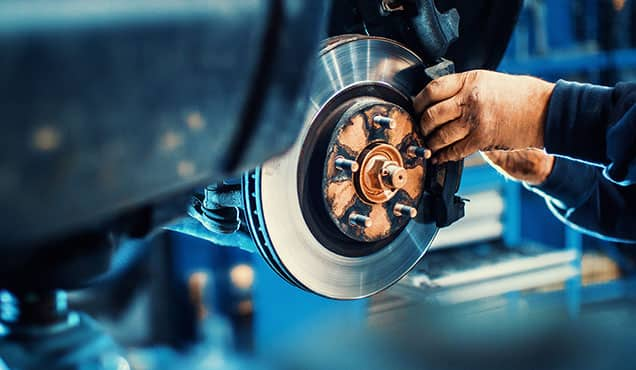
WorldView is the first online, global aftermarket portal that integrates vehicles-in-operation (VIO) and VIO forecast data for more than 95% of the global vehicle population with OE, ACES and TecDoc parts catalogs.

